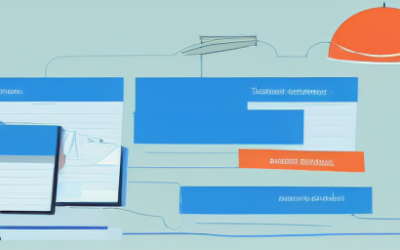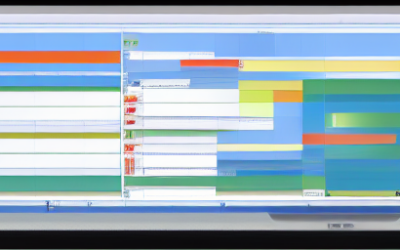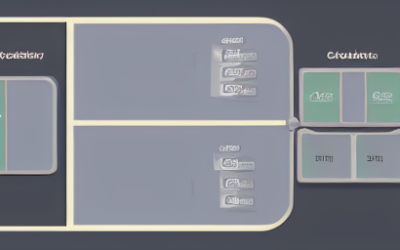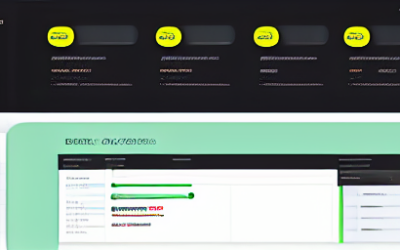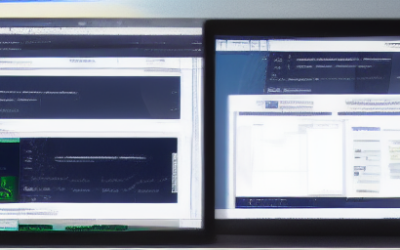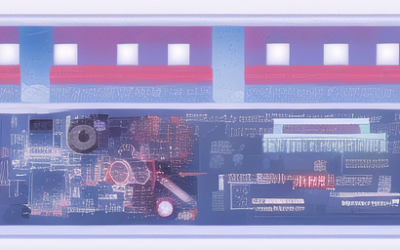A rules engine is a piece of software that allows you to define rules and then run those rules against data to make decisions. Typically, a rules engine will have a graphical user interface that allows you to visually create and edit rules. The engine will also have a way to execute the rules against data, and will usually provide some kind of report or notification when a rule is triggered.
Tech Blog
Tech Insights, Information, and InspirationSix Sigma in IT
Six Sigma is a process improvement methodology that IT professionals can use to streamline processes and deliver higher quality products and services. Six Sigma is based on a data-driven approach and seeks to eliminate defects by identifying and addressing the root causes of problems. Six Sigma projects typically involve teams of workers who use statistical methods to analyze data and identify process improvements.
Event Driven Architecture
Event-driven architecture is a software architecture pattern in which the flow of the program is determined by events. An event can be generated by the user, by the system, or by another program. When an event occurs, the program responds by executing a piece of code, which is known as an event handler.
Microservices Architecture
Microservices architecture is an approach to designing software applications as a suite of independently deployable, small, modular services. In a microservices architecture, each service runs a unique process and communicates through a well-defined, lightweight mechanism to serve a business goal. This architecture enables continuous delivery and deployment of large, complex applications.
Business Process Modeling (BPM)
Business process modeling is a graphical representation of an organization’s business processes. It is typically used to map out the steps involved in a business process, identify bottlenecks and inefficiencies, and develop solutions to improve the process.
What is a relational database?
A relational database is a type of database that stores information in tables which are related to each other through the use of keys. This type of database is commonly used in the management of large amounts of data due to its scalability, flexibility, and ability to store complex relationships between data. It is also capable of quickly retrieving data using Structured Query Language (SQL) queries.
.NET Services
.NET Services is a set of web services and tools that helps developers to create, deploy, and manage web applications and services. It provides a platform for building, deploying, and managing web applications and services. .NET Services includes a set of web services, tools, and libraries that helps developers to create, deploy, and manage web applications and services.
Service Oriented Architecture (SOA)
Service Oriented Architecture is a type of software architecture that is based on the principle of services. This means that the various components of the system are designed to provide services to other components of the system, and to the outside world.
The MERN Stack Guide
The MERN stack is a JavaScript stack for building web applications that consists of MongoDB, Express.js, React.js, and Node.js. MongoDB is a document-oriented database that is used for storing data in JSON-like format. Express.js is a web application framework that is used for building web applications. React.js is a JavaScript library for building user interfaces. Node.js is a JavaScript runtime that is used for running JavaScript code on the server.
The MEAN Stack Guide
The Mean stack is a web development stack that includes the MongoDB, Express.js, AngularJS, and Node.js frameworks. It is a full-stack JavaScript solution that helps you build fast, scalable, and maintainable applications. The Mean stack is a great choice for building dynamic web applications that require a fast and responsive user interface.
Get In Touch
UseTech Design, LLC
TROY, MI • BLOOMFIELD HILLS, MI
Call or text +1(734) 367-4100

